The Gift of South Dakota
Subscriptions to South Dakota Magazine make great gifts!
Subscribe today — 1 year (6 issues) is just $29!
Going Vertical
Nov 26, 2024
Ever since smartphones put a handy camera in everyone’s pocket, I’ve been known to complain about vertical video and photos. As one who learned to capture media prior to the digital age, the horizontal format was never challenged. The dimensions varied from film to television, but we were all used to creating and consuming photos and video in roughly a rectangular space. Now there were exceptions. Magazine covers, for example, had to fit in a vertical space. Portraits, whether school ping pongs or 8x10 glossies from your favorite Hollywood stars were also mostly vertical. Even so, the vast majority of video and photography was shot in a horizontal space.
That has all changed. To me it’s more jarring on video than photography. I’m not the only one that hasn’t adapted easily to the changes. I’ve seen multiple t-shirt designs stating a common theme: “Just say no to vertical video.” I prefer horizontal photography due to my penchant for landscapes and skies. That said, there is a time and place for vertical photos. I guess. So, I faced up to the challenge of vertical imagery and explored it in this month’s column.
The most common time I find the urge to turn my camera sideways is under the night sky, particularly when the Northern lights are strong and high overhead. We are in the midst of the solar maximum, an 11-year cycle in which there are more sunspots than usual. These sunspots tend to produce more solar flares. The solar flares, when sent in our planet’s direction, are the main cause of Northern lights. The energized plasma interacts with our magnetic field to produce the Aurora, and if you can catch a stronger geomagnetic storm, it is quite a sight. These nocturnal events are also really fun to photograph. Our modern camera sensors pick up on the color of the lights better than our eyes, which flip rods and cones around in the dark. This means colors that appear dull to the naked eye really pop in a photograph. I like to frame these displays with country church steeples. Adding a strong foreground element makes a more interesting image.
Other times I’ve turned the camera vertically include rainbows after a strong storm, waterfalls and close-up detail like a backlit leaf in the autumn sunlight. In September and October, you can still see the Milky Way as long as you are away from strong light sources. As soon as it gets fully dark, the starry pathway shows nearly vertical in the south, southwest sky. This year I found myself at the Needles formation in Custer State Park for one such evening. I have long envisioned a shot of the Milky Way alongside the Needle’s Eye and found the best way to capture it was to indeed turn that camera sideways and go for the vertical shot. It seems old dogs really can learn new tricks.
Christian Begeman grew up in Isabel and now lives in Sioux Falls. When he's not working at Midco he is often on the road photographing South Dakota’s prettiest spots. Follow Begeman on his blog.


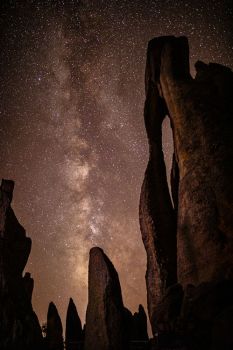
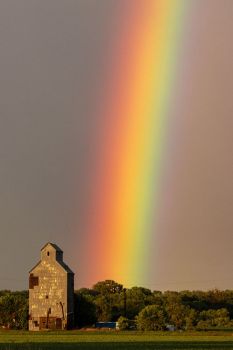
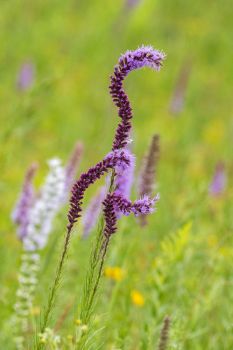
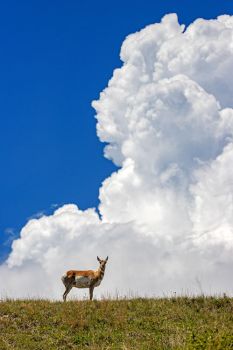
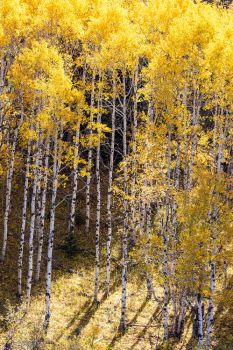
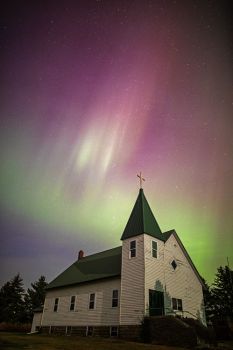
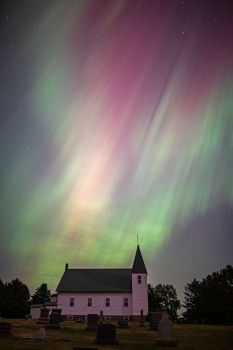
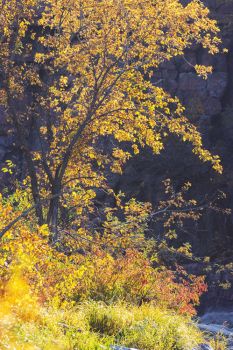
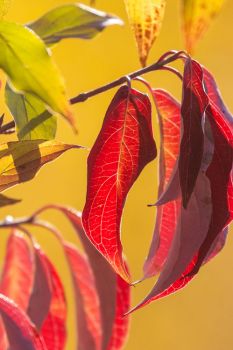
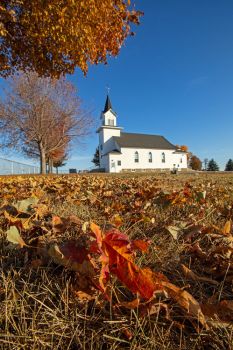
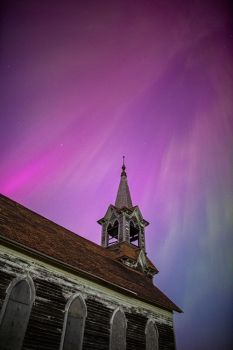
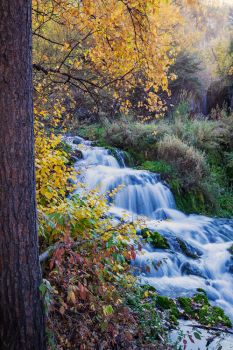



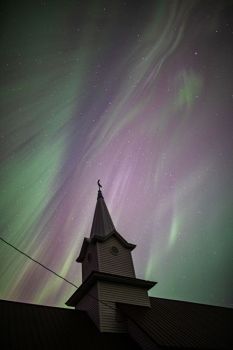
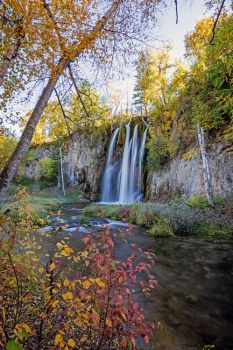
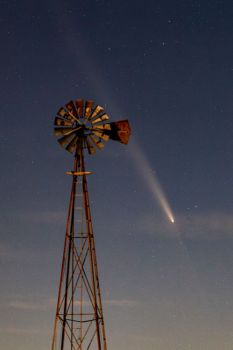
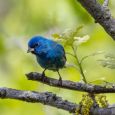
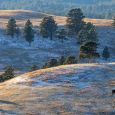

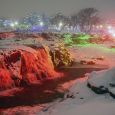
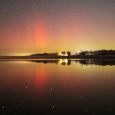
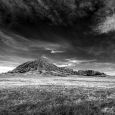
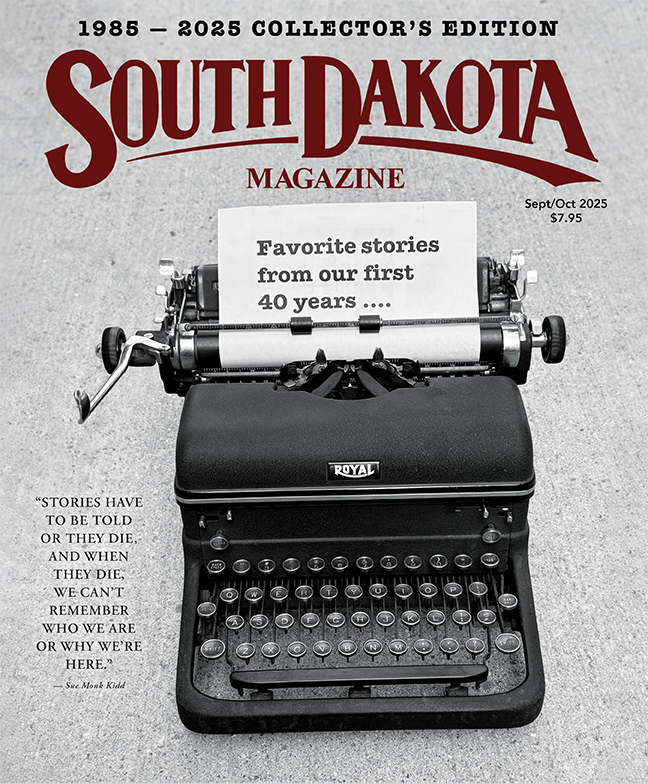

Comments